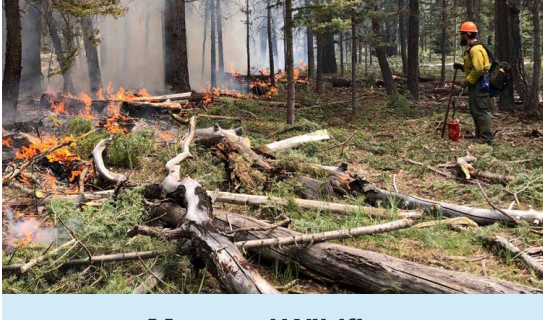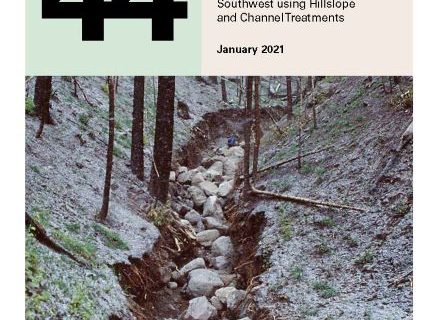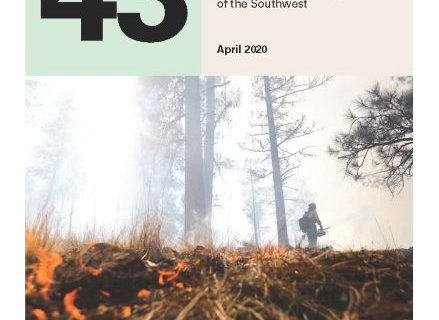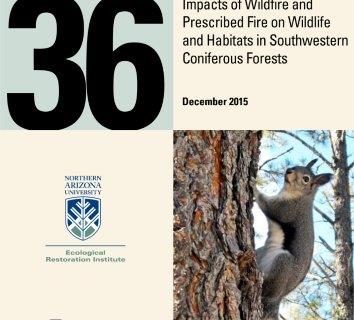Techniques for increasing watershed resilience to wildland fire
Watersheds in the Southwest can be greatly impacted by wildfire events. Read our synthesis to learn about nature-based solutions, case studies, and other resources that can help ameliorate post-fire flooding.










